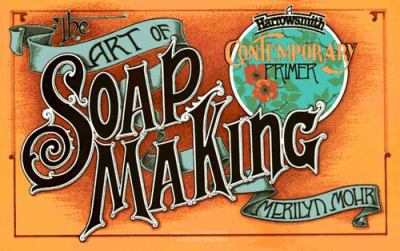Here is a quick tutorial about clay and how to extract it from "mud"
Processing Clay the Easy Way - Practical Primitive. http://www.practicalprimitive.com/skillofthemonth/processingclay.html
I also sterilized by boiling it after, as I was putting it in soap... You strain out the layers and collect the finest silt & clay layers after it settles.then let it dry out to a powder.
Alternatively to steralize, add it to the lye mixture rather than at trace.
This book also outlines multiple methods for "clarification" of used oils using alum salt or sodium salt and acid (vinegar, lemon, citric) to treat the oil then precipitate the solids
Merilyn Mohr The Art of Soap Making

https://www.amazon.ca/dp/092065603X/?tag=skimlinks_replacement-20
Another method more expensive is using Fuller's earth.
<br /><br />
I bought some potassium permaganate from my Walmart pharmacy... It is a powerful antioxidant. That is used in fish tanks and around the world to stertilize raw vegetables to eat. To "purify" the canola oil
Living for my half and half (get it?) The carton was great. The soap fits in your hand..
 <br /><br />Ward
<br /><br />Ward
Processing Clay the Easy Way - Practical Primitive. http://www.practicalprimitive.com/skillofthemonth/processingclay.html
I also sterilized by boiling it after, as I was putting it in soap... You strain out the layers and collect the finest silt & clay layers after it settles.then let it dry out to a powder.
Alternatively to steralize, add it to the lye mixture rather than at trace.
This book also outlines multiple methods for "clarification" of used oils using alum salt or sodium salt and acid (vinegar, lemon, citric) to treat the oil then precipitate the solids
Merilyn Mohr The Art of Soap Making

https://www.amazon.ca/dp/092065603X/?tag=skimlinks_replacement-20
Another method more expensive is using Fuller's earth.
<br /><br />
I bought some potassium permaganate from my Walmart pharmacy... It is a powerful antioxidant. That is used in fish tanks and around the world to stertilize raw vegetables to eat. To "purify" the canola oil
Living for my half and half (get it?) The carton was great. The soap fits in your hand..

Last edited by a moderator:
















































